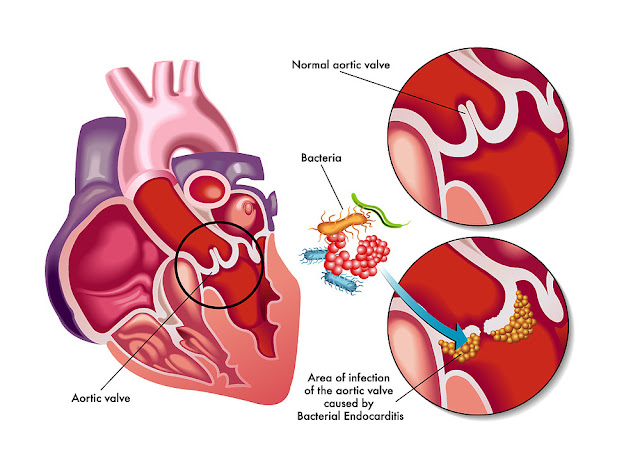Establishing Nursing Priorities
- Prioritizing - decisions of which needs or problems require immediate attention or action and which ones could be delayed until a later time since they are not urgent.
- Needs that are life-threatening or could result in harm to the client if left untreated are high priorities.
- Actual problems or needs have higher priority than potential problems or needs.
- Problems or needs identified by the client are of a higher priority.
- Principles of Maslow's Hierarchy of Needs or the ABCs may guide decisions.
- Mutual decision-making for priorities may be made with the client based on the client's needs, desires and safety.
NURSE PRACTICE ACTS
- Definition: passed by each state legislature to regulate the practice of nursing in that state
- Nurse Practice Acts define:
- Scope of Practice
- Education
- Licensure
- Professional Misconduct:
- Negligence
- The 'Impaired Nurse'
- The nurse who violates boundaries
- Administered by the Board of Nursing in each state:
- The nurse must know how their state defines professional misconduct
- For Professional Misconduct, the State Board of Nursing imposes penalties (in order of severity):
- On Probation
- Censured
- Reprimanded
- License Suspended
- License Revoked
STANDARDS OF NURSING PRACTICE AND STANDARD OF CARE






